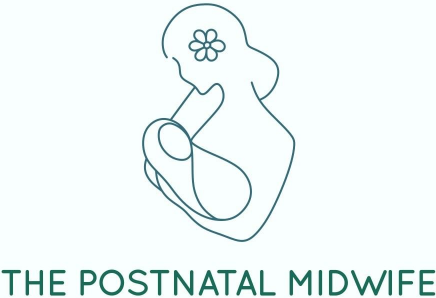This is a question that is regularly asked. Babies cry for many different reasons – remember this is their main way of communicating with the world.
The most common reasons for babies to cry are hunger, pain, and becoming over-tiered. The challenge for parents is to work out what it is that is wrong and then how to try to fix it.
In this blog, I’d like to give you a few ideas I have picked up over the years to identify what different cries can mean and then some different techniques to try and help calm and help your baby.
- Hunger: most babies will give subtle early cues to signal it is time to start thinking about the next feed. These include licking the lips, moving the head from side to side, sucking on a finger or hand, and trying to mouth or latch onto their wrap. If these cues are missed or your baby has woken hungry, you’ll find your baby will cry out for you and when picked up they’ll try to latch to whatever is closest to their mouth- your hand, shoulder or you’ll get some lovely cheek kisses.
When your baby is hungry and his or her demand is not met, they will cry louder and louder and generally not settle or stop until their demand is met with a breast or bottle. If your baby has worked themselves up too much and won’t latch- try putting them centrally and upright on your chest, pat their bottom to calm them, and wait for their cues of mouthing or moving themselves down to the breast.
- Pain: babies can get stomach and bowel discomfort from wind from the earliest of feeds, whether it be breast or bottle. I encourage all parents to wind their babies as early as the first feed- if for no other reason but to get in the habit of doing it. Babies can take in wind with breast and bottle feeding. It is generally easier to deal with wind pain by burping them than it is to help them thru the discomfort at the other end.
If your baby has wind pain in his or her stomach your baby may give signals of hunger- mouthing or sucking on a hand. I believe this is because your baby knows they are safe and comforted at the breast- however when you try to latch them, they will pull on and off the breast, arch back, and/ or push you away. This is wind- not hunger! See my videos for effective winding techniques. If your baby is quite stiff and stretching their legs out straight- this is bowel pain- again see my videos for effective techniques to help relieve this pain.
When your baby cries with wind pain or tummy discomfort they will cry out quite quickly and loudly, be quite wriggly, arch back or pull their legs up and down, they will settle momentarily then cry out again. You may not hear any wind shift- but sometimes it’s enough to move it along the digestive system so it no longer bothers them. If they have settled allow time for some reassuring cuddles before you put them down on their back to sleep.
- Over-tiered: when babies get over-tiered and overstimulated, they can initially be quite “wingy” rather than a good strong cry, basically their cry can be a little halfhearted. You may notice a good couple of yawns and as they get older and establish some hand coordination they will rub at their face and eyes, you’ll also notice a redness behind the eyebrows or on the eyelids or a glowing birthmark. As newborns, your baby won’t always know it’s time to sleep. Don’t be afraid to rock or feed your baby to sleep if that’s what is needed- they don’t start learning behaviors and consequences until they are 5-6 months old.
If you’ve both missed the cues that it’s time to sleep and you’re dealing with a very fractious cranky baby try my ‘night duty’ wrap plus a warm blanket or towel, firm cuddle upright on your chest, and pat their bottom, and rock to sleep. They may initially protest this position, but they will settle after a few minutes of listening to your heartbeat and enjoying the familiar beat on their bottom – only do this if you’re comfortable to persevere, otherwise try a different position.
Just remember- Go with your gut, you’ve got this, and if you’re unsure and need a little guidance all these techniques are demonstrated in my Baby Whisperer Sessions- if you need anything clarified or think a session would be beneficial, please make a booking via my website or contact via email or Instagram.
- Amy, The Postnatal Midwife and Lactation Consultant



